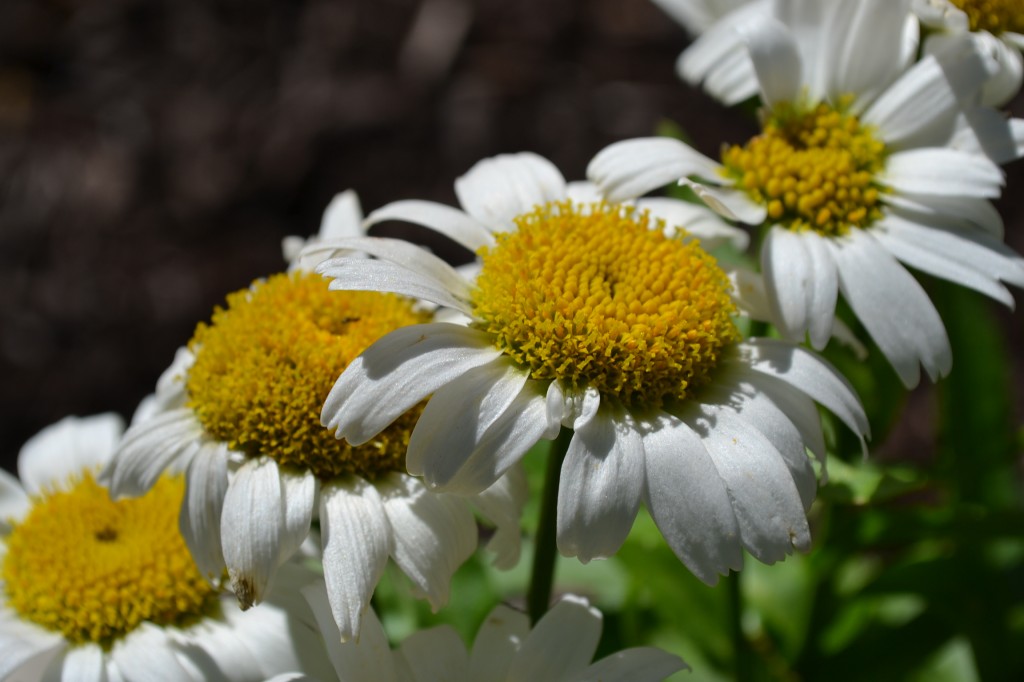Water gardens are becoming a more and more popular way to control small to moderate amounts of rainfall run off. Water gardens are basically a water run off holding area that has plant material installed in it. Water gardens work by catching rain water run off from nearby hard-surfaced areas. The water from these areas is directed to flow into the water garden. The size of water gardens need to determined by the volume of water anticipated to flow into the area. Water gardens basically looks like a shallow holding pond. The garden in water garden refers to the installation of plant material. The plant material in these gardens can be potted plants or natural plant material. Wild or natural plant material may include native species or a variety of different plant material. Be sure to choose plants that can tolerate moderate to heavy amounts of water. It is also important to choose plants that have solid and extensive root systems.
Common problems with water gardens.
There are several problems that may develop when you install a water garden. The most common problem is soil composition. It is important to make sure that the soil is amended properly so that water is able to percolate through the soil. Clay is a dense material and does not percolate well at all. Amending your soil with a mixture of sand and compost will help create the perfect soil composition. It is usually recommended that you use a 50% sand to 50% soil and compost mix. The more sand content, the quicker that the water is filtered through the water garden.
When installing plant material, it is important choose plants that will thrive in the newly created environment. Some plants are more sensitive than others. Make sure that you choose the best plants for the soil conditions as well as the water conditions. Keep in mind anytime you install a new plant, it will take a time for the plant to adequately root in. If your water garden experiences heavy rain right after your planting, you may have some of your plants wash away.

